League program connects underrepresented communities with redwood parks
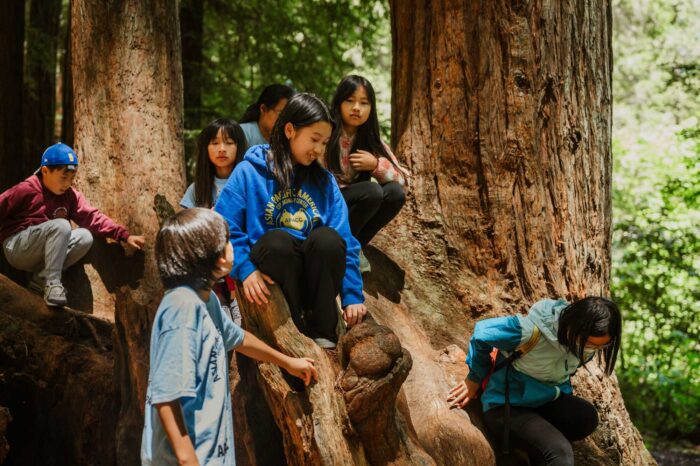
On a Wednesday morning in June, a bus pulled into the campground at Samuel P. Taylor State Park, a 2,882-acre expanse of redwood trees, oak-dotted grasslands, and chaparral in west Marin County. Out shuffled 22 kids, accompanied by three young chaperones and a parent. As sunshine streamed down on their heads, the kids looked around with nervous excitement. A few pulled out their cell phones and pointed them skyward, toward the tops of the towering redwoods.
Dressed in matching blue T-shirts, these young visitors were part of the youth program at the Asian Pacific American Community Center (APACC), a nonprofit that serves predominantly low- and moderate-income families in San Francisco’s Visitacion Valley neighborhood. Although the state park was only a 36-mile drive north, it was worlds away from the paved streets and modest rowhouses these children call home.

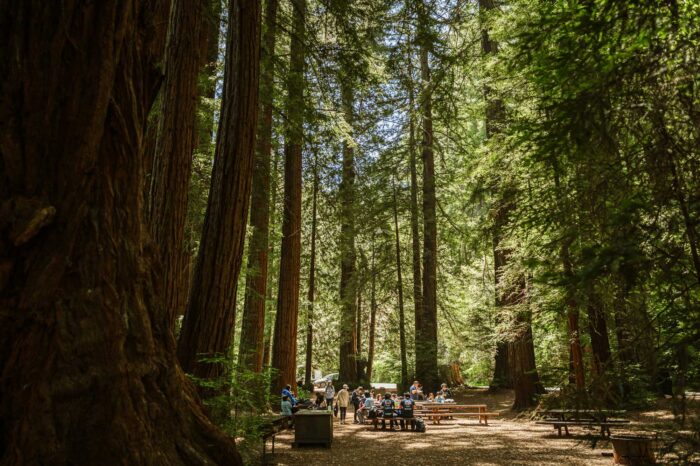
The group had arrived thanks to Redwood Rides, a Save the Redwoods League program that coordinates bus rides to the redwoods for organizations serving Black, Indigenous, people of color, and low-income communities. Working with parks agencies and a low-cost transportation provider, the League acts somewhat like a travel agent for community groups, facilitating transportation, trip-planning logistics, and programming.
While redwood parks are visited by millions of annual visitors from around the world, many people from local communities have difficulty accessing these natural spaces. “Studies on outdoor access shows that transportation is the number one barrier,” says Leslie Parra, outreach program manager for Save the Redwoods League.
“A lot of our kids come from low-income backgrounds,” says Kelvin Chan, APACC program manager. “Their parents work possibly two jobs, some are single parents. So they don’t have the time or the opportunities to come all the way up here without programs like [Redwood Rides].”
Removing barriers to the big trees
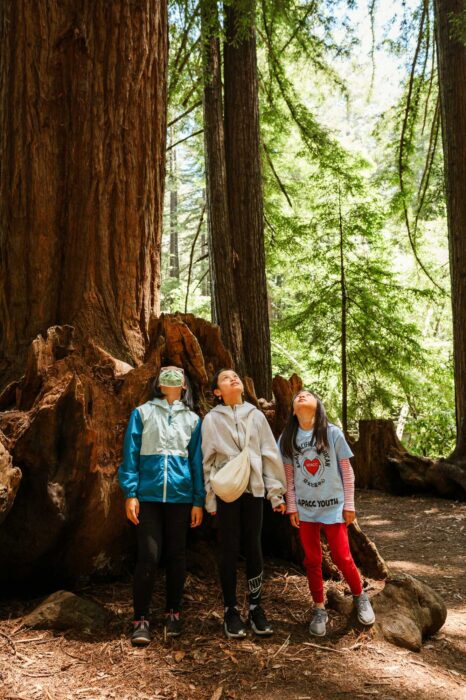
Redwood Rides not only provides free bus rides but also enables participants to experience the redwoods in a comfortable setting. “What makes this program special is that people get to travel in community, with their friends or peers or afterschool group,” says Parra. For many people of color, being able to visit a park with their family and community is crucial to feeling safe and experiencing a sense of belonging.
Since launching in 2022, Redwood Rides has provided roughly 30 rides per year to groups such as Latino Outdoors, Saved By Nature, and service centers like the APACC. By connecting underrepresented communities with places like Muir Woods National Monument, Henry Cowell Redwoods State Park, and Big Basin Redwoods State Park, the program not only expands access to these ancient and majestic trees but also inspires the next generation to have a vested interest in protecting the ancient forest.
Though that connection can take time to build….
“Too many suspicious insects”
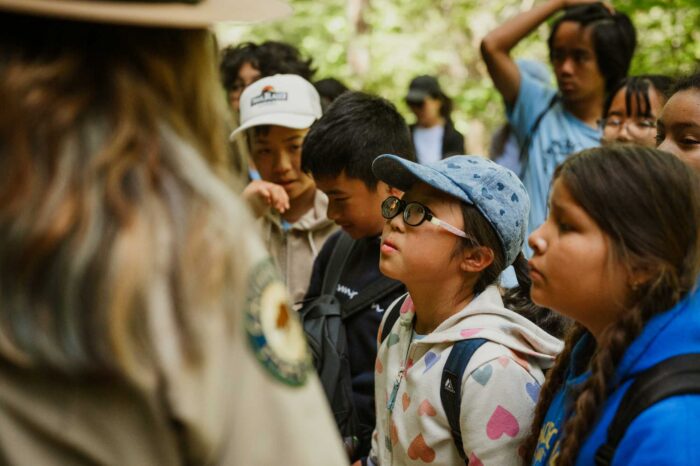

Having arrived during the third annual California State Parks Week, the group from the APACC was able to participate in a public program titled, “Experiencing the Redwoods Through Five Senses.” State parks interpreter Kourtney Boone led the kids on a sensory hike through the forest, encouraging them to use their eyes, ears, nose, and even mouth to experience various aspects of the park.
Hiking up the Pioneer Tree Trail, she stopped to ask the kids what they had heard.
“The river.”
“Footsteps.”
“Birdies!”
“Dirt.”
Boone praised their observational skills and pointed out that “part of being out here and listening to those sounds is really understanding that we are part of this environment as well. You guys being here today, you’re not only showing respect to your environment. You’re creating a relationship with it.”
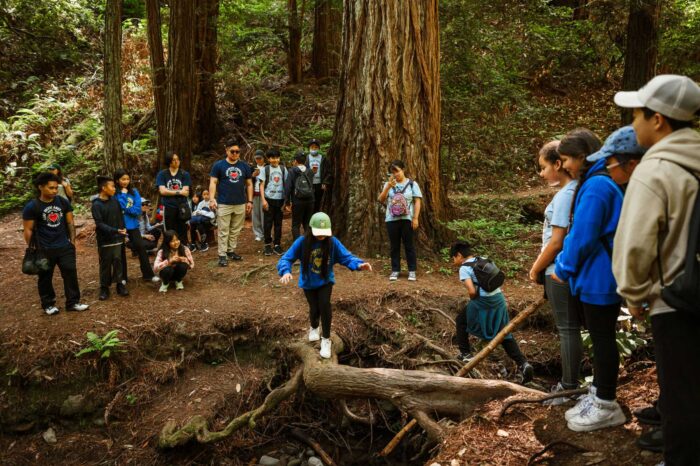
On that note, Boone gave the kids a few minutes to explore on their own. Some began scampering over rocks across a seasonal creek. But a few kids sat like stones on a stump.
“Something doesn’t smell right,” said a 12-year-old named Justin. “Too many suspicious insects.”
“There’s a lot of flies,” agreed Sammy, age 10.
“I don’t want to fall,” said Sofia, also 10. “If you fall, there’s rocks down there, and you might hit your head and get a concussion.”
Finding their happy place
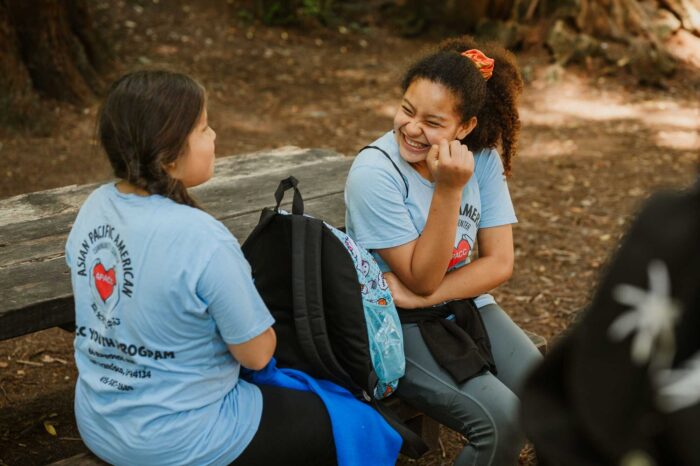
Despite all this fear and trepidation, as the hike continued, the children’s demeanor relaxed. Perhaps this wasn’t so surprising, considering that studies have shown that being in nature not only reduces stress, but also improves mood and enhances social connection.
Yobani, age 10, said he wasn’t used to so much walking, but that the park made him feel happy. “The shapes of the leaves—it’s interesting,” he said. “What’s poisonous and not poisonous, facts about it. It makes me interested to explore.”
Later, when Boone encouraged the kids to gently break off the tender, bright-green new growth on a redwood branch and put the needles in their mouths, Sofia turned to her friends and said, “I’m so happy! I taste grass.”
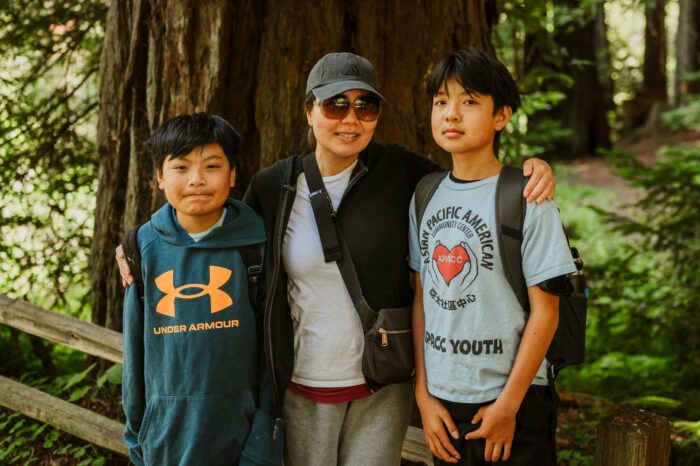
After the kids had looked at, listened to, and even tasted the forest, Boone told them to employ another sense—their sense of belonging. “When it comes to redwoods, it’s important to sit with those and understand that we do belong out here,” she said.
Asked whether this idea resonated with her, 10-year-old Sofia responded, “Yeah, because I’m also part of nature, which means I technically belong here.”
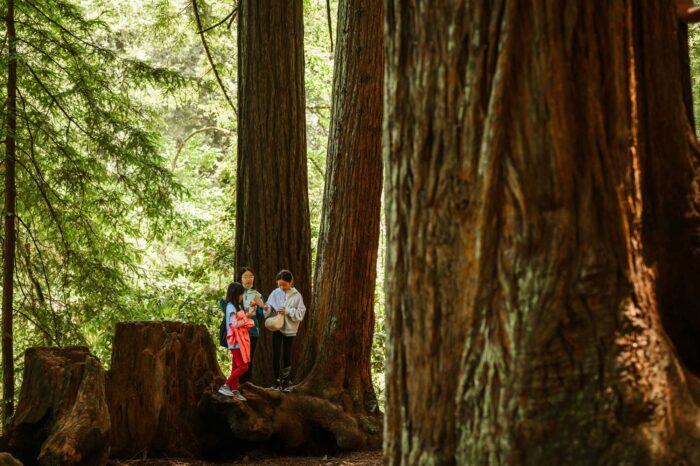
After feasting on their lunches in the shady Redwood Grove, a group of kids decided to climb the stump of a huge redwood, the ghost of a parent tree still connected to its mature sprouts. The children jumped and slid down the steep, smooth bark, yelling and screaming with a mix of fear and delight.
The forest was no longer alien, but their playground.
Although the official program was over, the group decided to further explore the park, investigating on their own terms. According to Chan, the entire group—himself included—returned home with “a newfound appreciation for nature” and its ability to provide a break from the stresses of life. In the redwoods, he said, the kids could just “be kids.”
This feature appears in the beautiful printed edition of Redwoods magazine, a showcase of redwoods conservation stories by leading scientists and writers, as well as breathtaking photos, and ways you can help the forest. Only a selection of these stories are available online.
Join our thousands of members today for only $25, and you’ll get future editions of our Redwoods magazine.


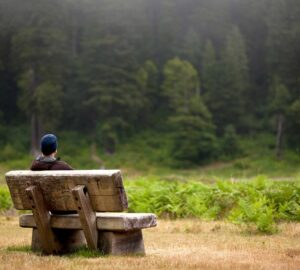
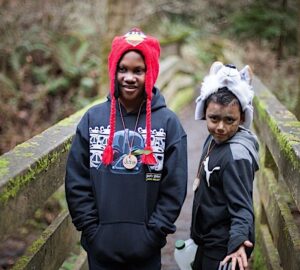
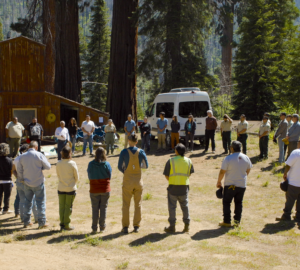
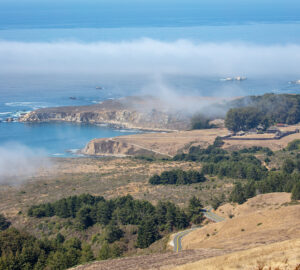
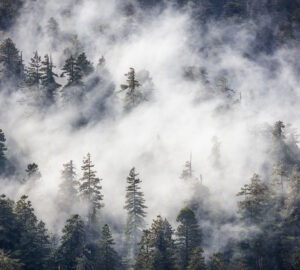
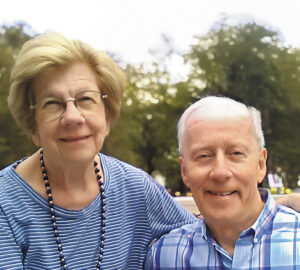
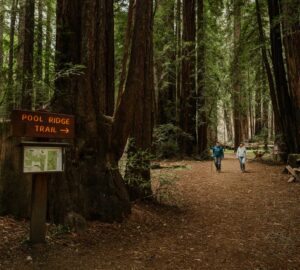
3 Responses to “How Redwood Rides helps close the nature gap”
Kerstin Hall
Thank you for highlighting both the value of such programs and those involved in running them. Hopefully will become more frequent!
Mary Lou Rosczyk
What a wonderful program! Kudos to whoever thought of the idea. What benefit is saving the redwoods if the most disadvantaged of us are not able to enjoy their wonder? Please take these same children on subsequent trips; their squeamishness will disappear with familiarity.
Nancy Albertson
This program is a perfect example of why kids need to be allowed to be kids. Their natural curiosity is piqued and many will want to explore and learn more. Hopefully many will want to pursue careers in the sciences which would benefit the environment and their own future. I am so proud to have been a member of this organization for many years. It has brilliantly evolved as needs and challenges have arisen. It has become so much more than just a deep love for the Redwoods.